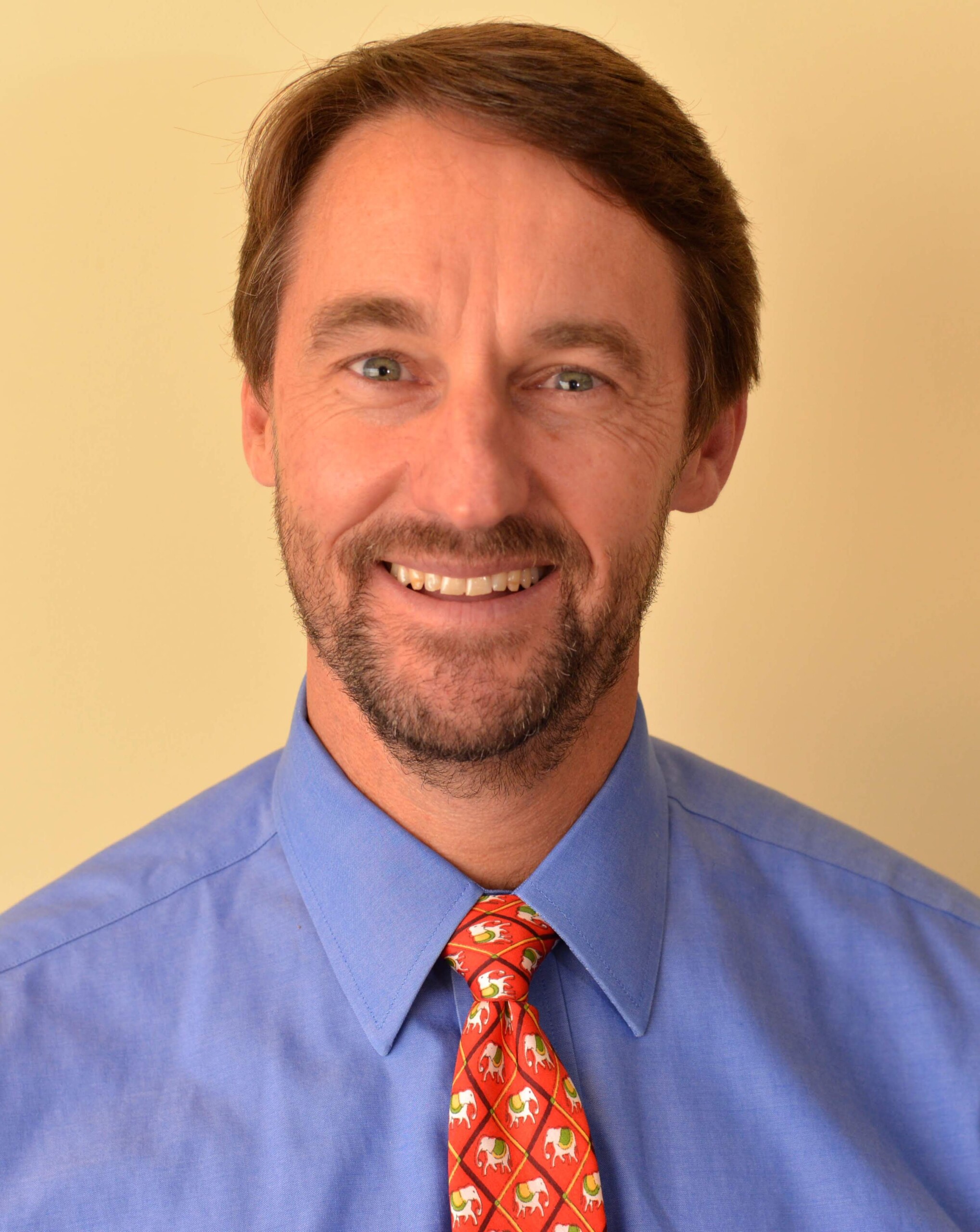Are You Part of the Cleaning for Health Revolution?

The cleaning industry revolution has begun, and it could be among the most important public health victories of the 21st century. As cleaning professionals, our ability to verify and validate our work has become a strategic part of our business.
The level of minimum clean indoor air standards is being raised, correcting mistakes from several decades ago that have had disastrous consequences for human health in the built environment. Education and training demands are at an all-time high, with the need for courses that can certify at the technician level to ensure cleaning professionals have the skill sets and core competencies to be considered a skilled trade and essential.
Indoor air quality revolution
Two events in May 2023 contributed to the indoor air quality (IAQ) revolution. First, the Centers for Disease Control and Prevention (CDC) released a new health-based ventilation target. Second, the American Society of Heating, Refrigerating, and Air-Conditioning Engineers (ASHRAE) released its enhanced ventilation standard for public comment.
Within the cleaning industry, we have been discussing the importance of ventilation and air exchange rates and that cleaning products and procedures can significantly contribute to IAQ issues in the built environment. But without a specific ventilation standard and a target number, the result during the COVID-19 pandemic was confusion and a lack of accountability. “Did you improve ventilation?” differs from “Did you improve it by a specific amount?”
CDC’s new goal is at least five air exchanges per hour (ACH), meaning the equivalent of all the air in a room is replaced five or more times within an hour. This represents the first time a federal government agency has set a ventilation target to address respiratory infectious diseases. CDC also made other significant recommendations, such as raising minimum filtration rates with higher-grade MERV-13 filters.
CDC’s recommendations and ASHRAE standards create opportunities for the cleaning industry to engage with our customers and ask, “Don’t you want cleaner indoor air at all times?”
Surface cleaning revolution
ISSA was recently awarded a U.S. Department of Labor Occupational Safety and Health Administration (OSHA) grant that supported the development of a Cleaning for Health workshop focusing on training “Essential Cleaning Professionals.”
Infection prevention and control is a serious business, but many people react anxiously to suggested changes in cleaning practices. Yet most current cleaning practices are based on perceived rather than actual risks. Many expectations about cleaning—shiny surfaces, strong fragrances—have more to do with marketing cleaning products than with actual cleanliness or lowering the risk of getting sick.
The professional cleaning industry already does much to reduce health risks indoors and should take credit for this. Cleaning businesses can grow and prosper by knowing the reservoirs for germ survival and spread and viewing ourselves as managers of safety and health in the built environment. But feedback from the cleaning professionals who have attended the ISSA workshops has provided significant areas where we need to be better and more robust such as:
- Understand how post-cleaning evaluation is a business opportunity and focus on the health and safety impacts and invisible threats often overlooked.
- Able to identify health threats and uncover common pollutants, allergens, and microbes that can persist on surfaces and in the air.
- Learn and use measurement tools and techniques to assess surface cleanliness and indoor air quality.
- Be able to analyze and interpret the results from various cleanliness and air quality measurements, enabling you to understand if your cleaning methods are effective or need adjustment.
- Discover how verifying that specific tasks were completed at a particular frequency and measuring the level of cleanliness determines objectively that you are professional, you have met the expectations of your customers and those you serve, and have removed soil, pollutants, allergens, and disease-causing germs, thus ensuring a healthier living and working environment.
Cleaning professionals’ revolution
A person’s role in society is defined via their job and career choices. Anything that requires mental and physical effort is a job. To that philosophy, a person can have multiple jobs, such as an employee, parent, student, or homemaker.
But what if that job requires knowledge and skills to use equipment, safely and effectively use cleaning products and disinfectants with chemical ingredients, and training to use personal protective equipment? Skilled trades are characterized by the knowledge, education, and skills involved in doing the job safely and effectively. As technology becomes increasingly prevalent in the cleaning industry, cleaning professionals require specialized training and education.
One common thread for skilled trades is the ability of employees to work outside the traditional business structure. After a few years of learning the trade and gaining experience and connections in the industry, a cleaning professional is still operating independently or starting their own business.
Many types of jobs are defined as skilled trades, but what’s missing is the cleaning professional. Now is the time for the cleaning industry to correct this and ensure formalized education and training is provided through a school, community college, or state agency so that cleaning professionals are recognized as a skilled trade with others such as:
- Industrial: welders, fabricators, machinists, pipefitters.
- Construction: electricians, cement and concrete finishers, drywall, carpentry.
- Motive power: engine mechanics, electrical systems technicians, heavy-duty equipment, repair paint, and body technicians.
- Transportation: commercial drivers and heavy equipment operators.
- Services: hair stylist, property and building maintenance, electronic service technician, field technicians, dental assistants, computer repair technicians, kennel assistants, baristas, and chefs.
In 2023, the cleaning industry is seeing monumental shifts. We must join the revolution for air, surfaces, education, and training. Let’s take advantage of positive press, company, and employee recognition opportunities, taking the lead in creating and maintaining a safe and healthy built environment. Cleaning for Health is what we do.

















